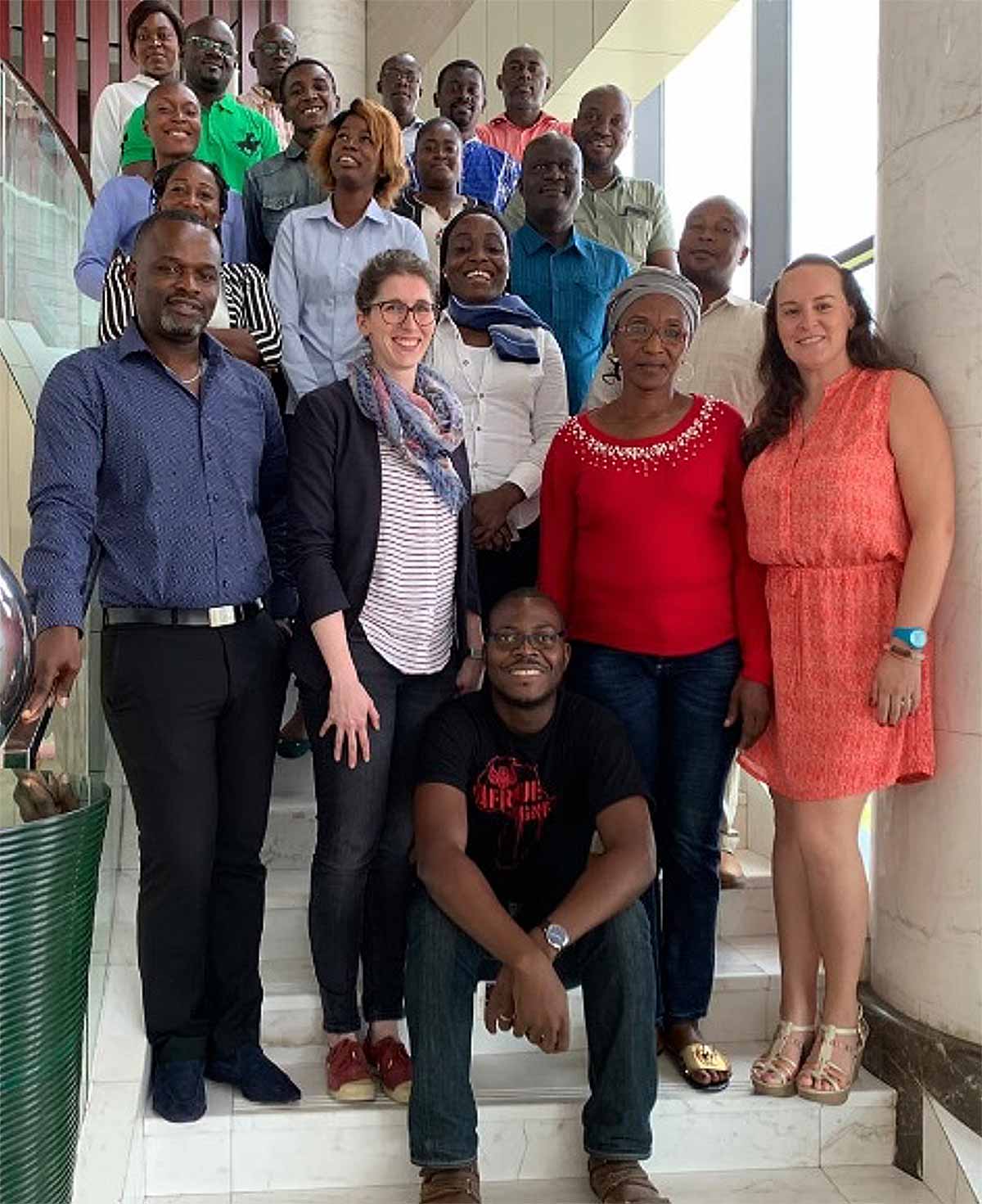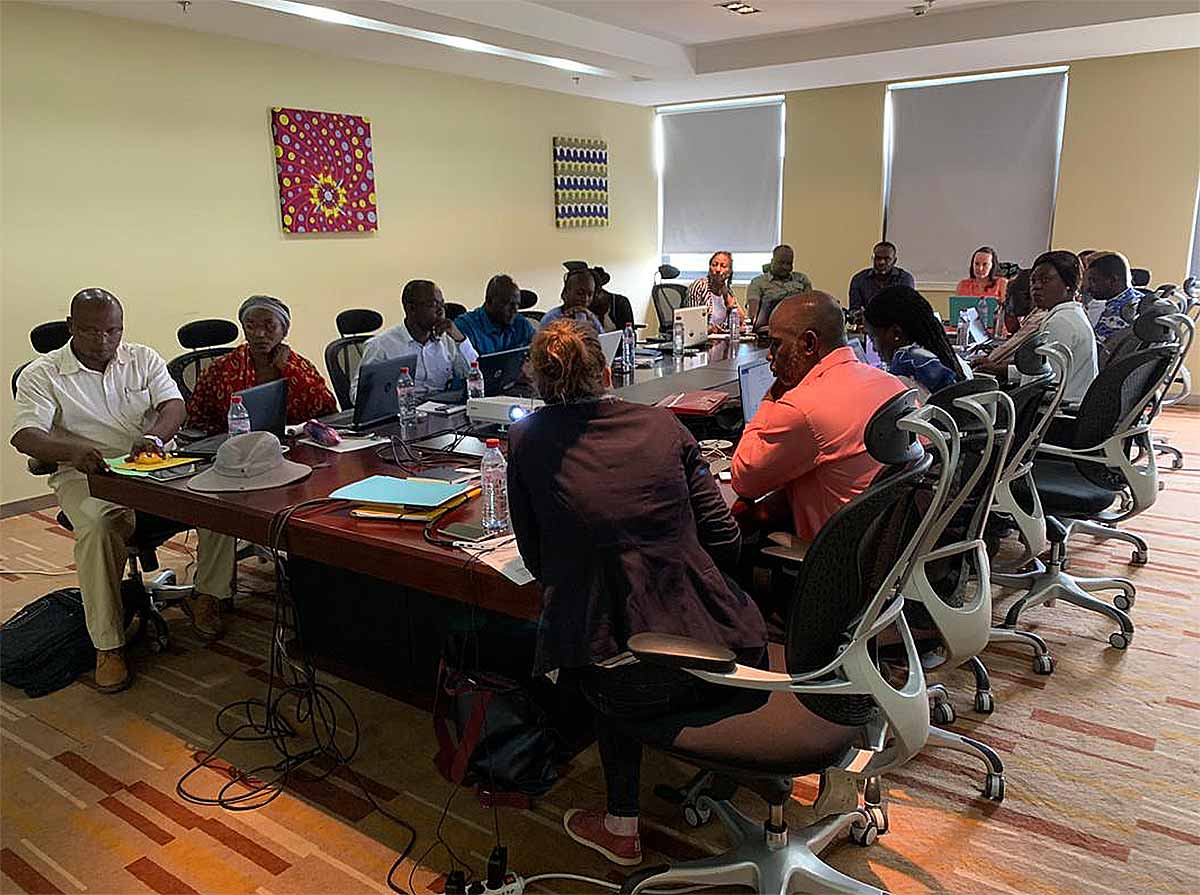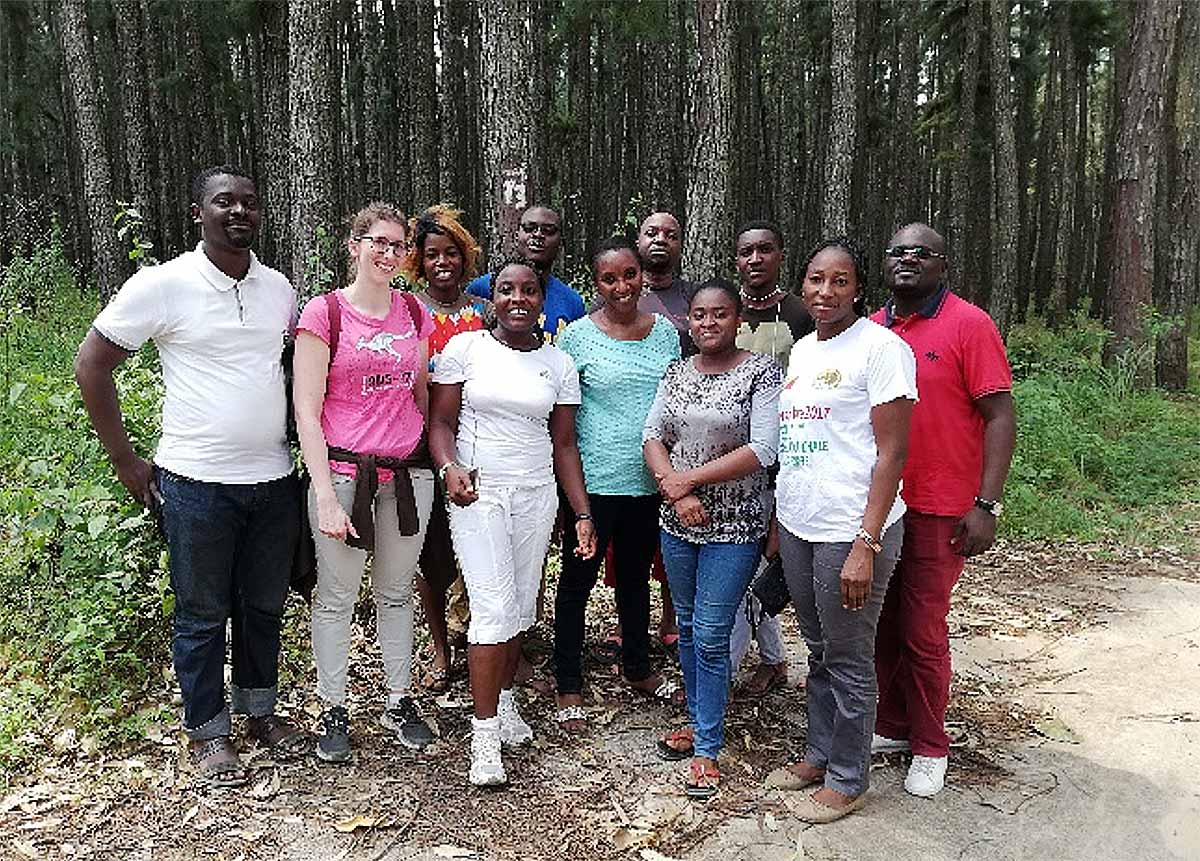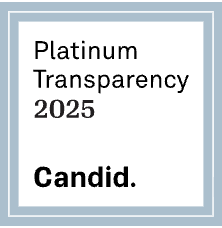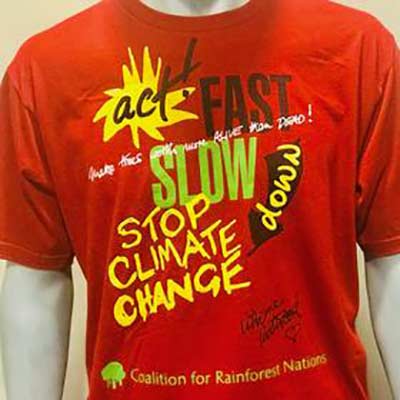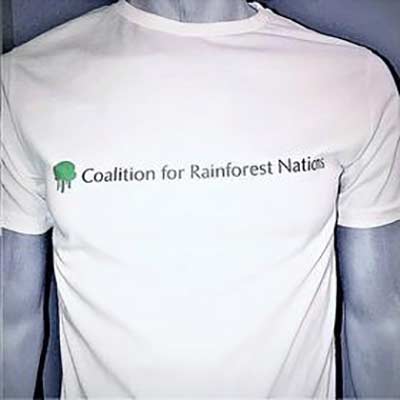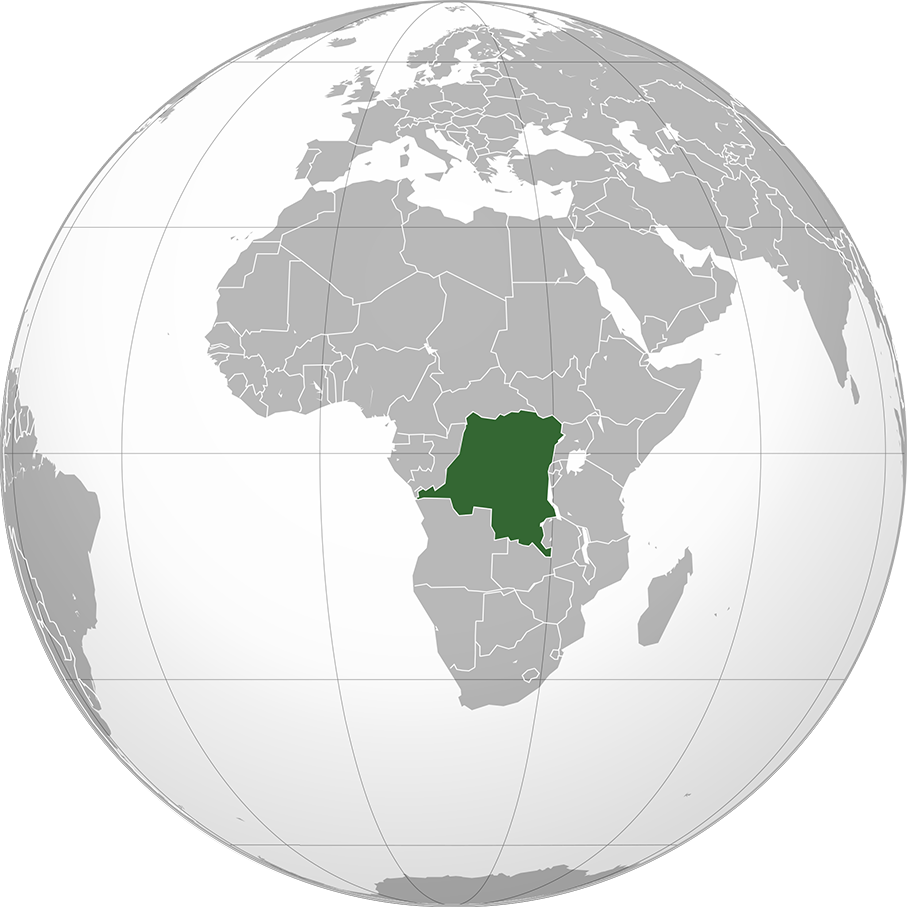
Democratic Republic of Congo
The Democratic Republic of Congo (DRC), a nation of ninety-two million people that occupies a territory the size of Western Europe, is a member of the Coalition for Rainforest Nations (CfRN). Located in the heart of Africa, the DRC is the largest country south of the Sahara, and the most populous in Central Africa. It is also one of the poorest nations in the world. Nearly 90 percent of its people rely on firewood and charcoal for cooking, according to World Bank estimates.
Country Statistics
The DRC holds 60% of the Congo Basin rainforest – the second largest rainforest on the planet – within its boundaries. The story of the DRC encapsulates some of the greatest challenges and opportunities to rainforest preservation. It underscores the importance of the REDD+ mechanism, and the urgent need for equitable climate finance.
Background
The DRC is rich in minerals, forest resources, fertile soil, and hydroelectric production, but most Congolese people live in poverty. At less than US$ 600 per year, its per capita GDP is among the world’s lowest. And the country ranks near the bottom of the U.N. Human Development Index, clocking in at 179 out of 190 countries in this (2021) ranking of human wellbeing.
Industrial mining is the mainstay of the country’s formal economy. The DRC produces the majority of the world’s supply of cobalt, used in electric car batteries and other industrial applications. It is also a top global copper producer. Diamonds and zinc, along with tin, tantalum, tungsten, and gold are also plentiful. The majority of jobs in the DRC come from the informal economy, driven by artisanal mining and subsistence agriculture.
The Democratic Republic of Congo is richly forested and is a treasure trove of biodiversity. Recently peatlands bigger than England were found to traverse the DRC and neighboring Republic of the Congo. The peatlands have some 30 billion tons of carbon trapped within them, equaling about 20 years of U.S. fossil fuel emissions. The Congo Basin rainforest including its peatlands is essential for mitigating climate change at the national, regional, and global scale. But it is threatened by slash-and-burn subsistence agriculture, and the demand for forest wood for charcoal and fuel, which is used for cooking by nearly 90 percent of the population, among other threats.
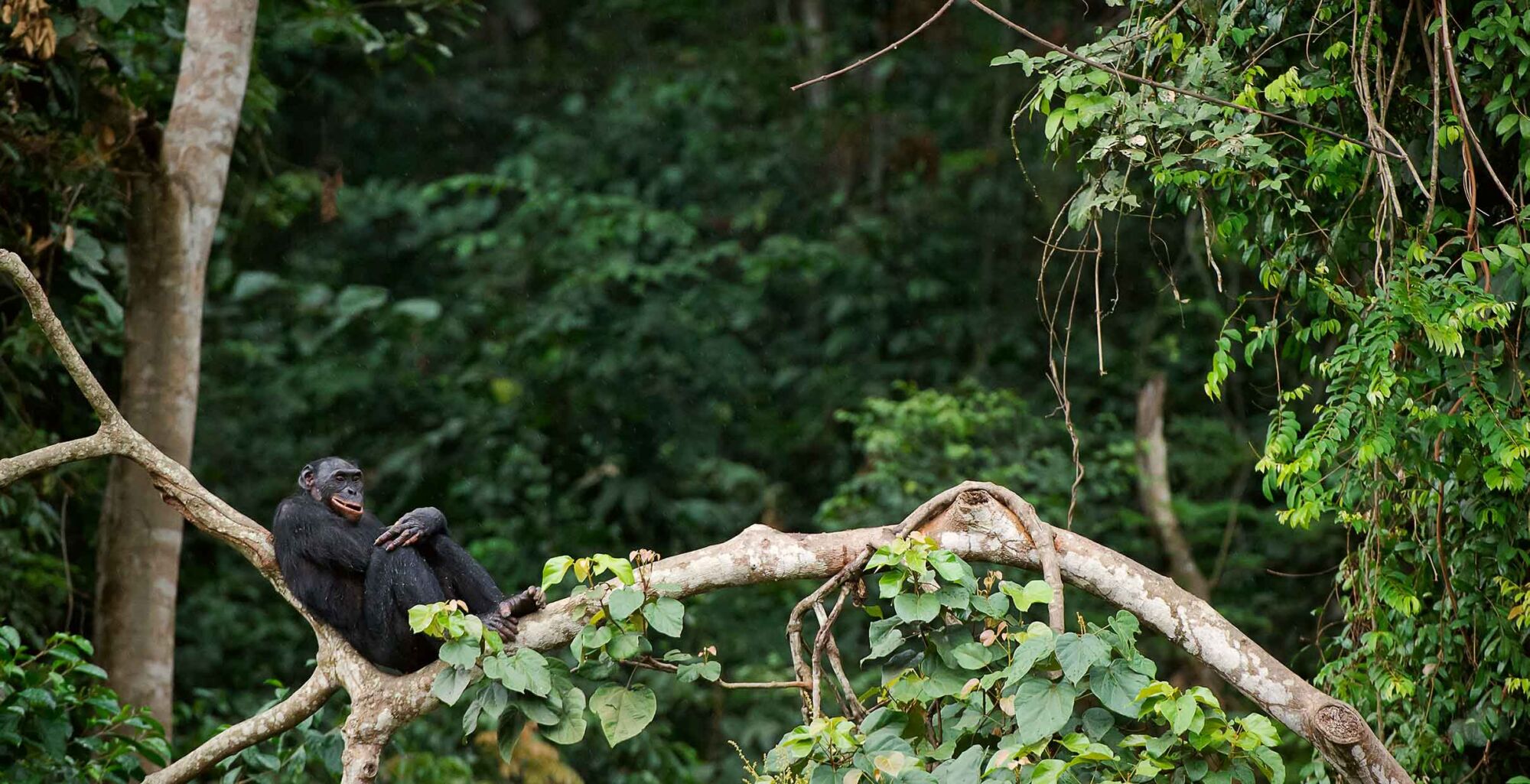
Government Action
President Félix Tshisekedi was pronounced the winner of the DRC’s 2018 presidential elections, succeeding Joseph Kabila in the country’s first electoral transfer of executive power since independence. The DRC government supports REDD+ and looks to issue sovereign credits from their forests. At the same time, owing to financial strains, a growing population, and lack, to date, of meaningful climate finance, the DRC government put large areas of peatland up for auction to oil and gas companies in 2022.
Given the turbulent domestic challenges and the strained government purse, it is notable that Ève Bazaiba, the DRC’s Deputy Prime Minister, played a key role advocating for forests at COP27 in Sharm El-Sheikh in November of 2022. Flying in to meet with the Egyptian presidency of the COP, she lent heft to the Coalition for Rainforest Nations’ negotiating stance. Her presence galvanized other African countries, anchoring a deal with Brazil and Indonesia to stop the United States from removing references to REDD+ from the Sharm El-Sheikh Implementation Plan. Indeed, thanks in large part to DPM Bazaiba’s efforts, forests enjoyed a section of their own in the COP 27 Cover Decision.
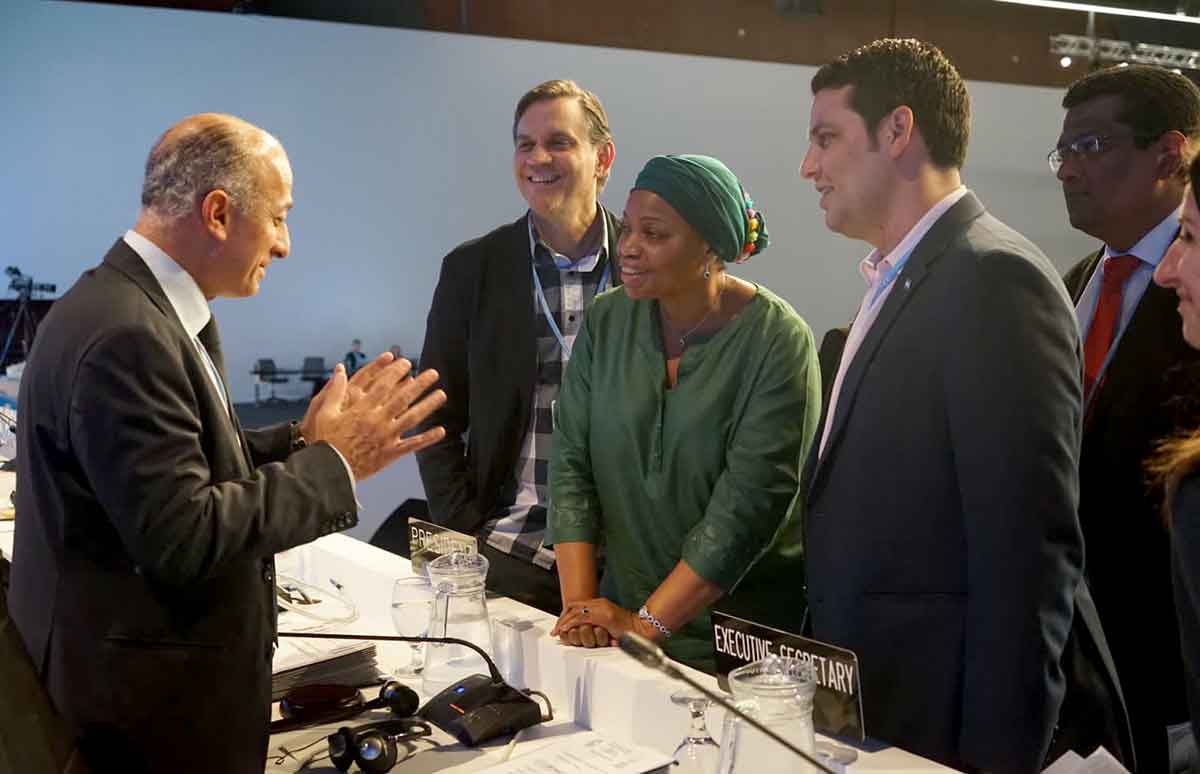
DPM Ève Bazaiba of the DRC, Vice Minister Malcolm Stufkens of Honduras, and CfRN's Kevin Conrad and Emilio Sempris meet with Wael Aboulmagd, Special Representative of the COP 27 President.
Biodiversity and Species
The DRC has the highest level of biodiversity in Africa, with more than 600 tree species and 10,000 animal species. Many are showcased by the DRC’s outstanding national parks, five of which – Garamba, Kahuzi-Beiga, Okapi Wildlife Reserve, Salonga National Park, and Virunga National Park are World Heritage Sites. Virunga National Park, located in the Albertine Rift, encompasses the greatest diversity of flora, and fauna. Virunga’s peatlands mean it also stores a huge amount of carbon. And it is home to a gorilla sanctuary which supports one-third of the world’s endangered mountain gorillas.
The DRC’s native wildlife includes a spectacular array of primates, many of whom, including lowland and mountain gorillas, Cross River gorillas, and chimpanzees, are endangered. It is the only country where bonobos, sometimes known as pygmy chimpanzees, are found. The okapi, which is a type of forest giraffe; forest elephants; leopards; hippos; and lions are also native. Yet 190 species of the DRC’s wildlife are classified as critically endangered, endangered, or vulnerable on the IUCN Red List of Threatened Species.
Ivory poaching in and around two national parks in eastern DRC—Virunga and Garamba—has notably threatened critically endangered forest elephants. Indeed, poaching and conflicts over land use have made the situation at the parks precarious enough that all but Salonga National Park are on the List of World Heritage in Danger.
Forest Elephant
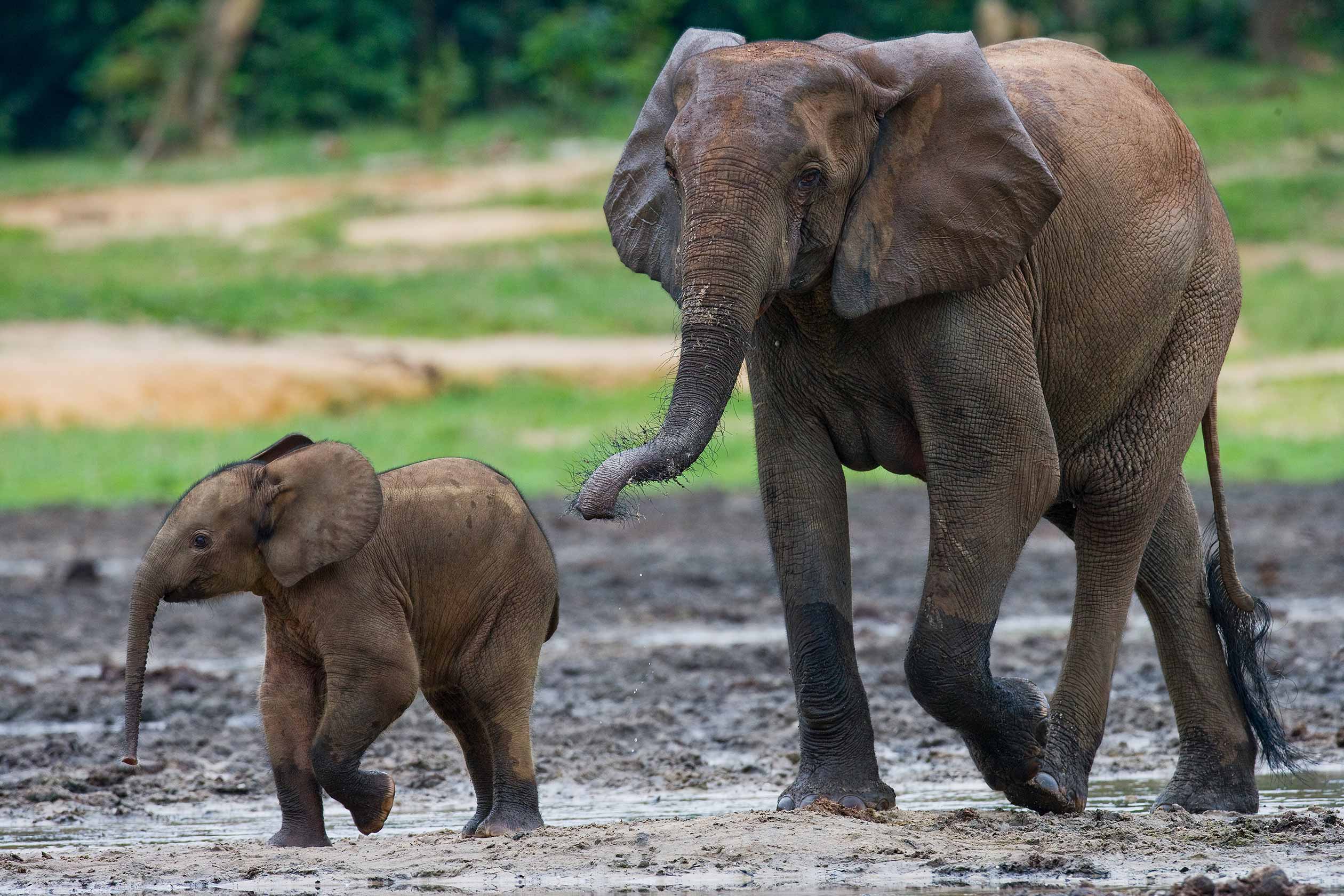
Virunga National Parks
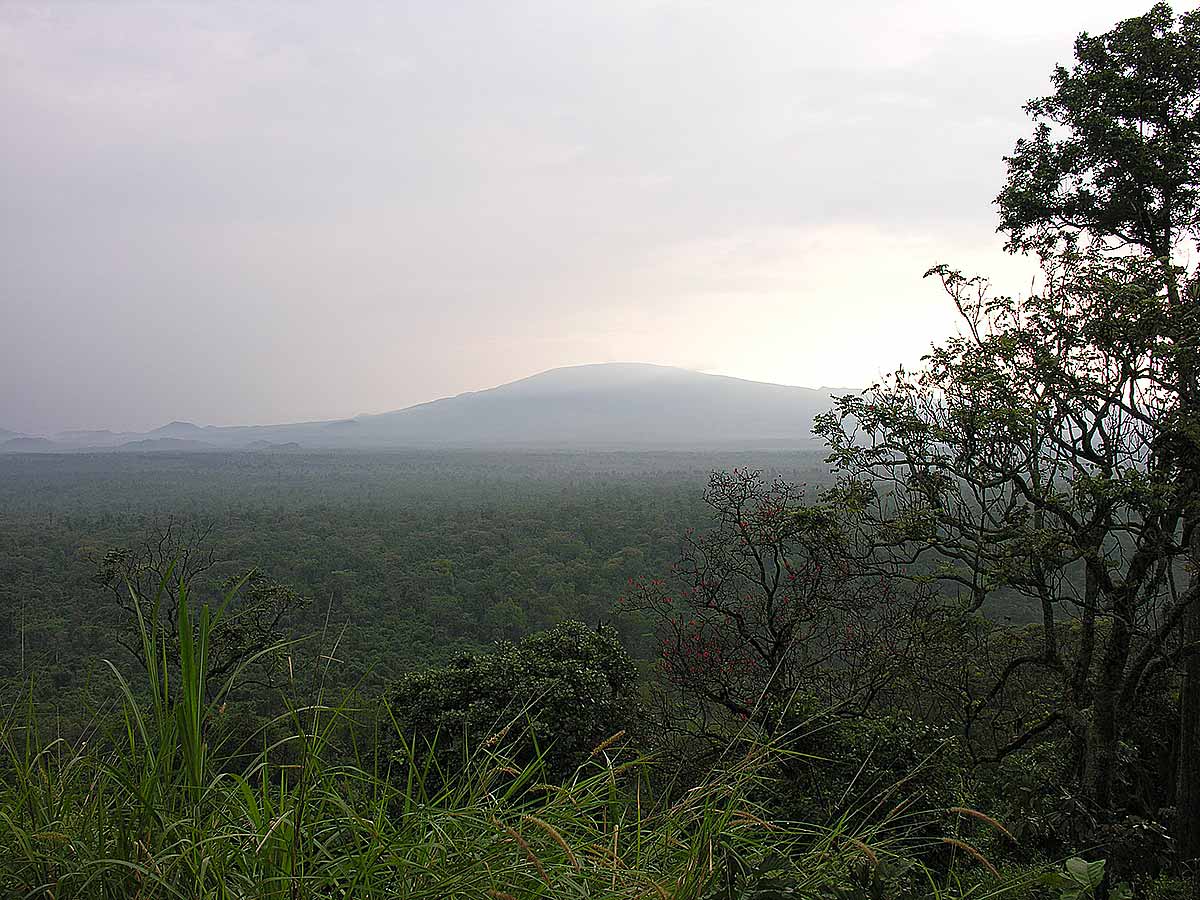
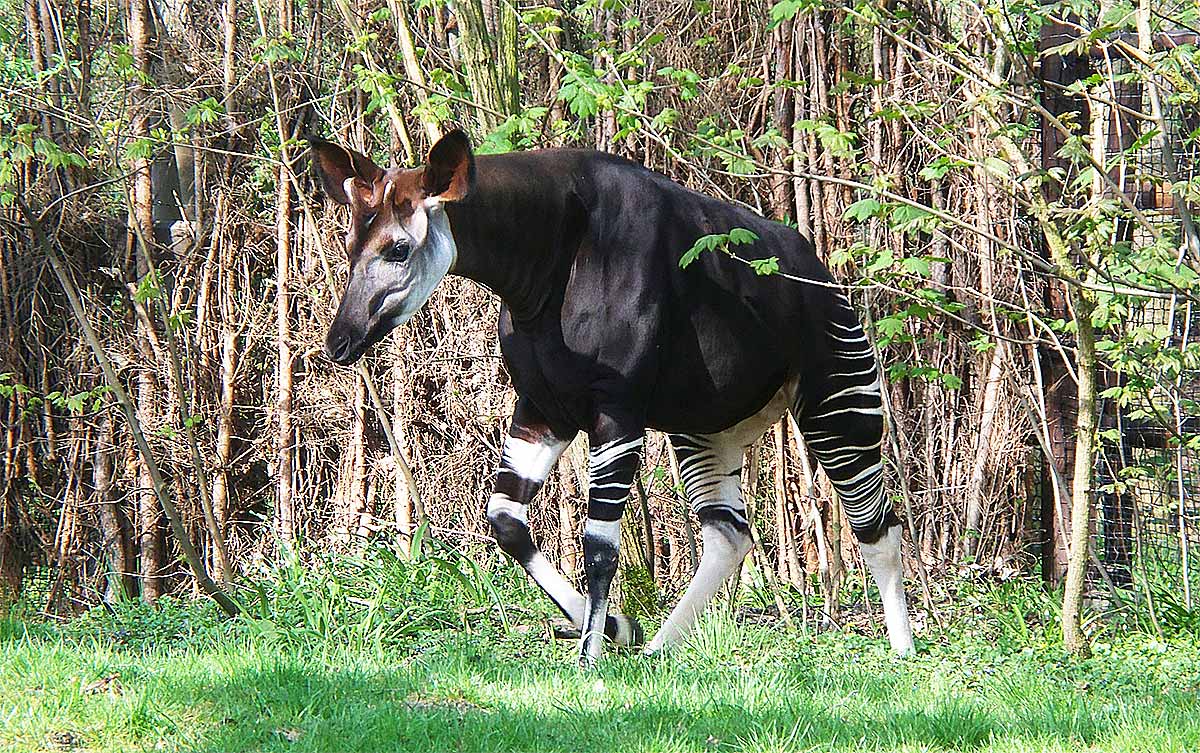
Okapi
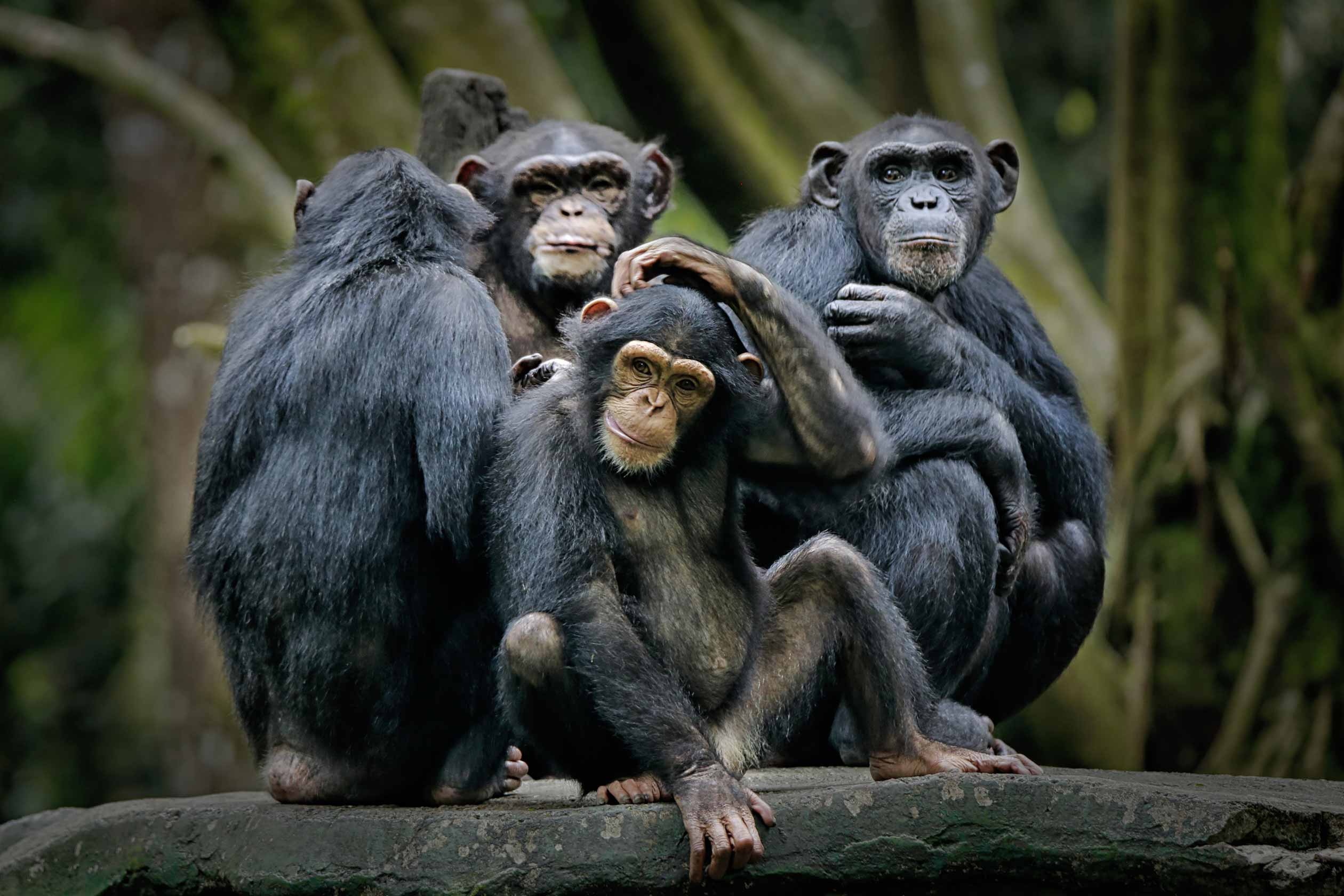
Common Chimpanzee
Country Statistics
Our Work
CfRN is proud to support the Democratic Republic of Congo’s participation in the Reducing Emissions from Deforestation and Forest Degradation (REDD+) mechanism under the UNFCCC. Through REDD+, the DRC and other countries are working to ensure that the ecosystem services their forests provide, including removing greenhouse gasses from the air and purifying water, are given a value that surpasses that of alternative sources of income that destroy forests, such as poaching, drilling for oil and gas, illegal timbering, and the killing of animals for bushmeat.
CfRN is partnering with the Democratic Republic of Congo on its journey to end deforestation. CfRN’s experts assist with in-country human capital building to support the DRC’s experts to prepare greenhouse gas inventories and reporting the results of emissions reductions and removals from its rainforests to the UNFCCC. The DRC’s submissions can be found here.
